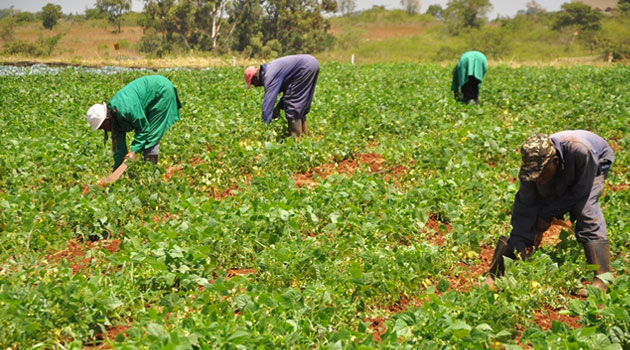- as neighbouring countries fuel food hoarding tendencies
The consistent hiking of price of food commodities in parts of Northern Ghana by farmers and aggregators is motivated by foreign interest, with buyers from neighbouring Burkina Faso, Mali and Niger ready to pay more than twice what local foodstuff traders can afford, an assessment by the B&FT has confirmed.
The challenge of accessing farm inputs and rainfall patterns, including the recent consistent increase in fuel prices, were also cited as the main causes of hoarding foodstuff for good market prices from foreign traders.
An assessment of food commodities’ price in some farming communities and districts noted to be the hub of food production in the North revealed that farmers are hoarding foodstuff and selling to wholesalers who can afford the asking price.
Norbert Atuesiyue, a farmer from Fumbisi, explaining the situation to the B&FT said the consistent hike in the price of food in most farming communities and market places in the Northern sector is normally due to the influx of foreigners and food traders from Burkina Faso, who come with huge sums of money to deny local traders a chance to purchase.
Commodity prices gathered in some various marketplaces in Tamale, Fumbisi among others in the Northern Region indicated that some prices of food staff have been fluctuating but consistently on the high side per the purchasing power of the local people and traders of foodstuff.
At Fumbisi in the Sandema district of the Upper East Region, the price of a 100kg bag of maize rose from GH¢230 to GH¢260; millet from GH¢300 to GH¢390; Sorghum from GH¢380 to GH¢420; Cowpea is currently at GH¢900 from GH¢720; and Soya beans have from GH¢320 to GH¢550.
In Tamale, commodity prices gathered from the market and some farmers indicated similar pricing regime. An ‘Olonka’ of local rice which used to be GH¢13 now goes for GH¢16 and above depending on the variety. Three tubers of yam, which used to be GH¢10 now goes for GH¢20 and above; depending on the size and variety.
But the above situations, according to Mr. Atuesiyue, are of no worry for traders from neighbouring countries as they are often endowed with huge purchasing power considering the strength of the CFA currency.
He said residents of Fumbisi, for instance, can harvest hundreds of tonnes of food but transportation and the lack of good roads compels farmers to release the foods cheaply for traders – mostly foreigners who are able to enter these communities with trucks to purchase them.
An Economist and Research Scientist, Dr. John Bidzakin, however said the rising price of food commodities across the country is due to lack of stakeholders’ priority to support farmers and also inject more investment into the agricultural sector for it to grow.










